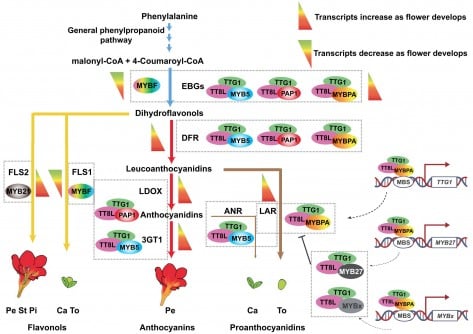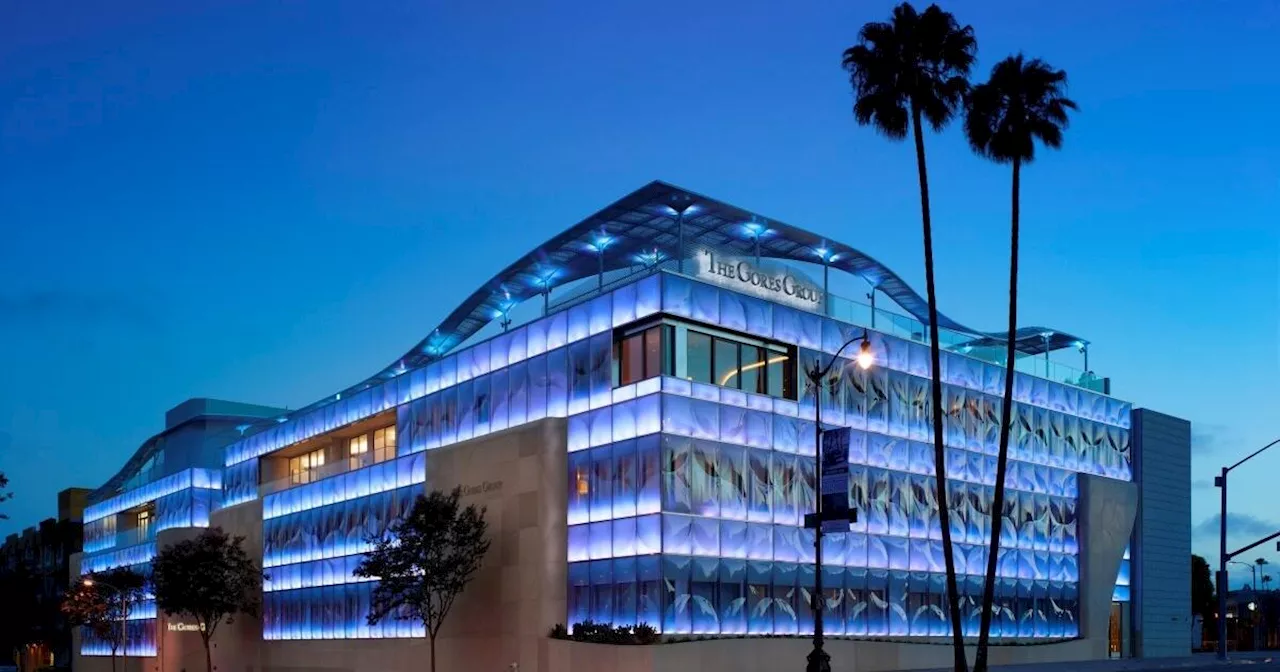BREAKING: Researchers have just unveiled a groundbreaking study revealing the molecular mechanisms behind the vibrant colors of the Freesia flower. This urgent discovery, published on December 12, 2024, in Horticulture Research, highlights how specific gene regulators influence flower pigmentation and plant defenses.
The study identifies four key TT2-type MYB transcription factors—FhMYBPA1, FhMYBPA2, FhMYBPA3, and FhMYBPA4—that control the production of proanthocyanidins (PAs) in Freesia hybrida, an ornamental species renowned for its rich flavonoid content. Understanding these pathways is crucial as PAs protect plants from UV light, pathogens, and herbivores while also enhancing the taste of various fruits and beverages.
Researchers from Northeast Normal University, Jilin University, and the China Tobacco Gene Research Center conducted extensive analyses, including gene expression profiling and protein interaction assays. Their findings reveal an integrative model demonstrating how these MYB regulators coordinate floral color and defense mechanisms.
Prof. Yueqing Li, the study’s corresponding author, emphasized the significance of these findings, stating, “Our research highlights the remarkable complexity of floral metabolism.” The team discovered that the TT2-type MYB regulators not only activate PA biosynthesis but also participate in a feedback system with both activators and repressors to ensure balanced pigment production.
The implications of this research extend beyond ornamental plants. The identified regulatory modules offer valuable genetic tools for breeding initiatives aimed at creating flowers with enhanced pigmentation and resilience. Furthermore, these insights could lead to the development of new Freesia varieties with improved antioxidant properties.
As this study sheds light on the intricate networks controlling floral pigmentation, it opens up exciting avenues for plant metabolic engineering, paving the way for improved crop quality and potential nutraceutical applications.
With ongoing advancements in genetic research, the discovery of FhMYBPA2 as a particularly efficient activator could lead to innovative strategies for enhancing flower color intensity and plant resilience. Stay tuned for further updates on how these findings could transform the horticultural landscape.
For detailed information, refer to the study published in Horticulture Research (DOI: 10.1093/hr/uhae352).







